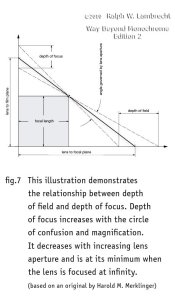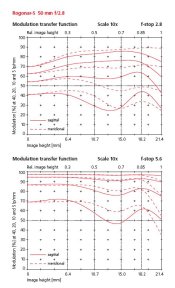NDP_2010
Member
I am new to the world of film printing and have done some black and whites.
I am curious with a few questions.
What is the advanatage of stopping down an enlarging lens? Is there any advanatage in having a fast enlarging lens?
I also have a few questions about exposure time.
I noticed that i left a few pictures enlarging for too long and the contrast was quite low and the picture was very dark. I tried a shorter time and the picture had much more contrast.
If i enlarge for a short period of time, does this mean highlight details will not be captured? If i have a picture where the forground is quite dark, can i ever effectively recapture these details while keeping the picture relatively contrasty or is it impossible as the picture was not taken correctly.
Thanks.
I am curious with a few questions.
What is the advanatage of stopping down an enlarging lens? Is there any advanatage in having a fast enlarging lens?
I also have a few questions about exposure time.
I noticed that i left a few pictures enlarging for too long and the contrast was quite low and the picture was very dark. I tried a shorter time and the picture had much more contrast.
If i enlarge for a short period of time, does this mean highlight details will not be captured? If i have a picture where the forground is quite dark, can i ever effectively recapture these details while keeping the picture relatively contrasty or is it impossible as the picture was not taken correctly.
Thanks.













